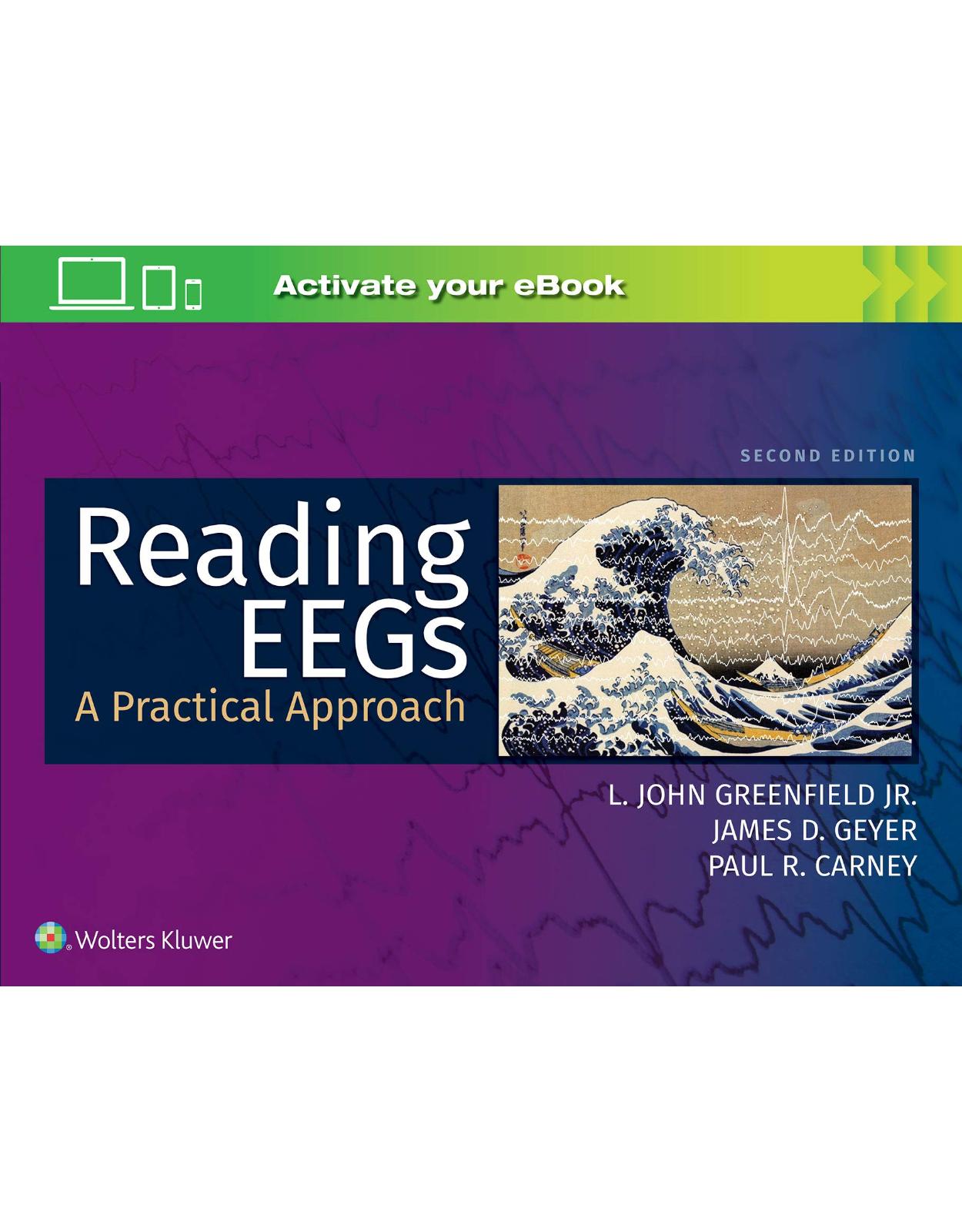
Reading EEGs: A Practical Approach
Livrare gratis la comenzi peste 500 RON. Pentru celelalte comenzi livrarea este 20 RON.
Disponibilitate: La comanda in aproximativ 4 saptamani
Editura: LWW
Limba: Engleza
Nr. pagini: 456
Coperta: Paperback
Dimensiuni: 15.27 x 22.86 cm
An aparitie: 25 July 2020
Description:
Focusing on stepwise development of concepts, pattern recognition and integration with clinical practice, Reading EEGs: A Practical Approach, 2nd Edition, is an easy-to-use, readable guide to learning EEG for neurology residents, clinical neurophysiology fellows, and electroneurodiagnostic students and technologists. The emphasis on waveform recognition enables readers to interpret EEG findings accurately and place them in clinical context. The new landscape format accommodates larger high-quality images for improved study, and the distinctive question-and-answer format is highly effective for review at all levels of training.
Table of Contents:
Chapter 1: Basic Neuroscience of EEG
DISCOVERY OF CEREBRAL POTENTIALS AND DEVELOPMENT OF EEG
Electricity in the Brain
The Age of the Electricians
Galvani, Ampere, Kelvin, and the Galvanometer
Caton, Berger, and the Discovery of EEG
BASIC PRINCIPLES OF ELECTRICITY
Electricity Is the Movement of Charged Particles
Neurotransmitter Receptors and Channels
SOURCES OF EEG POTENTIALS
How Do Neuronal Currents in the Brain Generate EEG Signals at Scalp Electrodes?
THE NEOCORTEX IS ORGANIZED INTO LAYERS AND COLUMNS
BRAIN RHYTHMS
Neuronal Circuits Underlying Brain Rhythms
Rhythms and Networks
SOURCE OF THE ALPHA RHYTHM
Chapter 2: Electronics of EEG
FILTERS, AMPLIFIERS, AND ELECTRODES
AC Circuits and Capacitive Reactance
Electrical “RC” Filters
“Notch” Filters
Quantifying Filter Behavior
Differential Amplifiers
Amplifier Sensitivity
Filter Effects on Amplifier Output
Signal Attenuation and Bode Plots
Filter Settings
Measuring the Cutoff Frequency from the Calibration Signal
High-Frequency Filters
Phase Shift
Filtering with Digital Signal Processing
How Do Filters Affect the EEG Waveforms?
“Paper Speed” and Temporal Resolution
DIGITAL RECORDING
Digitizing the Voltage Signal
Analog-to-Digital Conversion
Sampling Rates and the Nyquist Theorem
Aliasing—When One Frequency Pretends to be Another
RECORDING THE EEG
Chapter 3: Recording the EEG
ELECTRODES AND THEIR APPLICATION
Scalp EEG Electrodes
Electrode Placement: The 10-20 System
ORGANIZING AND VIEWING EEG ACTIVITY: THE MONTAGE
Referential Montages
Other Referential Montages
Bipolar Montages
Localizing Potentials Using Phase Reversal
End-of-Chain Issues
Standard Bipolar Montages
The Involved Reference Electrode
RECORDING REQUIREMENTS AND SAFETY
Technical Requirements for EEG Recordings
Electric Safety
READING THE EEG
Chapter 4: Approaching the EEG: An Introduction to Visual Analysis
THE APPROACH TO READING
VISUAL ANALYSIS OF EEG WAVEFORMS
Frequency
Amplitude
Distribution or Location
Symmetry
Synchrony
Reactivity
Morphology
Rhythmicity
Regulation
DESCRIBING EEG ACTIVITY
EVOLUTION
WAVEFORM ORIGIN
Chapter 5: Artifacts and Noise
ELECTRODE-RELATED NOISE
Electrode “Pops”
Salt Bridges
High Impedance
Photoelectric Response
NONCEREBRAL BIOLOGICAL SIGNALS (ARTIFACTS)
Electrocardiogram
Pulse Artifact
Eye Movements
Blinking
Tongue Movement (Glossokinetic Artifact)
Muscle Artifact
Chewing
Sweating
ELECTRIC AND DEVICE ARTIFACT
AC Power Supply Artifact
Patient Care Devices
Respirator Artifact
Internal Patient Devices
MOVEMENT AND PHYSICAL ARTIFACTS
Head and Patient Movement
Tremor
Shivering Artifact
Artifacts in Infants: Patting, Rocking, Sucking, and Sobbing
External Physical Artifacts
Chapter 6: The Normal Adult EEG
NORMAL WAKEFULNESS: THE POSTERIOR DOMINANT RHYTHM
PDR Frequency Changes in Childhood
PDR Amplitude, Synchrony, and Symmetry
Slow Alpha vs Slow Alpha Variant
Mu Rhythm
Lambda Waves
Origin of the PDR
DROWSINESS AND SLEEP
Hypnagogic Hypersynchrony
Stage 2 Sleep
Slow-Wave Sleep and REM Sleep
Positive Occipital Sharp Transients of Sleep
Arousal Patterns
ACTIVATING PROCEDURES
Mental Alerting
Hyperventilation
Sleep
Eye Opening and Closure
Photic Stimulation
Photoparoxysmal Response
Painful Stimulation
INTERPRETATION AND WRITING THE REPORT
Biases and the Patient History
An Approach to Writing the Report
Chapter 7: Normal EEG in the Newborn, Infant, and Adolescent
NEONATAL EEG RECORDING
DIFFERENTIATION OF SLEEP AND WAKEFULNESS STATES
ONTOGENY OF THE NORMAL EEG
DEVELOPMENT OF THE SLEEP-WAKE CYCLE AND ASSOCIATED EEG PATTERNS
Infancy
Childhood
Adolescence
BACKGROUND ABNORMALITIES IN THE NEONATE
BACKGROUND ABNORMALITIES IN CHILDREN AND ADOLESCENTS
Chapter 8: Focal and Generalized Rhythm Abnormalities
ASYMMETRY
ASYNCHRONY
FAST ACTIVITY
Normal Fast Activity
Sleep Spindles
EXCESSIVE BETA ACTIVITY
Drugs
Intracranial Lesions
Encephalopathy
Breach Rhythm
Generalized Paroxysmal Fast Activity
Attenuation of Beta Activity
SLOW WAVES
Normal Slowing
Temporal Delta in the Elderly
Rhythmic Midtemporal Theta of Drowsiness
Sleep-Related Slowing
Delta Sleep
Hyperventilation
ABNORMAL SLOWING
Generalized Slowing
Intermittent Rhythmic Delta Activity
Hyperventilation
Triphasic Waves
FOCAL SLOWING—SPORADIC/ARRHYTHMIC
Focal Intermittent Polymorphic Delta Activity
Persistent (Continuous) Polymorphic Delta Activity
Temporal Lobe Delta Activity
BURST SUPPRESSION
COMA
Alpha Coma
Spindle Coma
Beta Coma
Delta Theta Coma
Chapter 9: Epileptiform Activity, Seizures, and Epilepsy Syndromes
EPILEPTIFORM ACTIVITY IN NORMAL EEGS (BENIGN VARIANTS)
Vertex Sharp Waves in Children
Sharp Transients in Neonates
Lambda Waves
POSTS and BETS in Sleep
Wicket Spikes
14- and 6-Hz Positive Bursts and 6-Hz (Phantom) Spike-and-Wave
GENERAL CLINICAL SIGNIFICANCE OF IDENTIFICATION OF IEA
Defining the Epilepsy Syndrome
Specificity of IEA in Diagnosis of Epilepsy
Prognosis of Epilepsy Based on EEG
EPILEPTIFORM ACTIVITY AND SEIZURES IN SPECIFIC EPILEPSY SYNDROMES
Absence Epilepsy (Childhood and Juvenile)
Benign Epilepsy With Centrotemporal Spikes
Benign Occipital Epilepsy
Juvenile Myoclonic Epilepsy
Infantile Epileptic Encephalopathy With Hypsarrhythmia: West Syndrome
Landau-Kleffner Syndrome
Lennox-Gastaut Syndrome
Frontal Lobe Epilepsy
Temporal Lobe Epilepsy
Parietal Lobe Epilepsy
Occipital Lobe Epilepsy
PERIODIC EPILEPTIFORM ACTIVITY
Periodic Lateralized Discharges
Generalized Periodic Epileptiform Discharges
Stimulus-Induced Rhythmic, Periodic, or Ictal Discharges
Creutzfeldt-Jakob Disease
Herpes
Subacute Sclerosing Panencephalitis
DETECTION OF SPIKES AND SEIZURES
CONCLUSIONS
Chapter 10: Pathophysiology of Epileptiform Activity
ANATOMICAL SUBSTRATES OF FOCAL EPILEPTIFORM ACTIVITY AND SEIZURES
Pathophysiology of Temporal Lobe Epilepsy
Pathophysiology of Focal Interictal Spike-and-Wave Discharges
Relationship of Spikes and Rhythmic Slowing
Rhythmic or Periodic Spike-and-Wave Discharges
Repetitive Focal Spikes and Seizures
Interictal to Ictal Transition
Seizure Termination
Single-Unit Recordings
Microelectrode Array Recordings: Microdischarges and Microseizures
High-Frequency Oscillations
CIRCUITS AND RHYTHMS OF GENERALIZED EPILEPSIES
Absence Epilepsy and the Thalamocortical Circuit
Myoclonus and Juvenile Myoclonic Epilepsy
Polyspikes and Generalized Paroxysmal Fast Activity
Chapter 11: Status Epilepticus EEG Patterns in Adults
THE PLAYERS AND THE SCRIPT
THE BORDERLAND OF SEIZURES: PERIODIC DISCHARGES
EEG CHARACTERISTICS OF NCSE AND PERIODIC DISCHARGES
SEIZURES WITHOUT SPIKES
SEIZURE MIMICS
PROLONGED EEG MONITORING IN THE ICU SETTING
SUMMARY
Chapter 12: Neonatal and Pediatric Epilepsy Syndromes
NEONATAL SEIZURES
DIAGNOSIS OF SEIZURES
NEONATAL SEIZURE SEMIOLOGIES
Subtle Seizures
Clonic Seizures
Tonic Seizures
Myoclonic Seizures
NEONATAL STATUS EPILEPTICUS
NEONATAL AND CHILDHOOD EPILEPSY SYNDROMES WITH BENIGN PROGNOSIS
Benign Familial Neonatal Seizures
Benign Idiopathic Neonatal Convulsions (5th Day Fits)
Benign Neonatal Sleep Myoclonus
Benign Myoclonus of Early Infancy
Febrile Seizures
CHILDHOOD SYNDROMES WITH ADVERSE PROGNOSIS
Early Myoclonic Encephalopathy
Infantile Spasms
Severe Myoclonic Epilepsy of Infancy (Dravet Syndrome)
Lennox-Gastaut Syndrome
FOCAL SEIZURES: LOCALIZATION-RELATED EPILEPSIES
Temporal Lobe Epilepsy
Benign Focal Epilepsies
Landau Kleffner Syndrome
GENERALIZED EPILEPSIES
Generalized Tonic-Clonic Seizures
Absence Seizures
Juvenile Myoclonic Epilepsy
Progressive Myoclonic Epilepsies
EEG in Progressive Myoclonic Epilepsies
Treatment of PME
CHILDHOOD STATUS EPILEPTICUS
Epilepsia Partialis Continua
Rasmussen Encephalitis
Chapter 13: Video-EEG Monitoring and Epilepsy Surgery
THE EPILEPSY MONITORING UNIT
Cameras and EEG Equipment in Epilepsy Monitoring Unit
Personnel/Setup
Safety in the EMU
Electrodes
EMU Evaluation
CLASSIFICATION OF SEIZURE TYPES
Clinical Seizure Semiology
Interictal Electrographic Patterns
Ictal Electrographic Patterns
NONEPILEPTIC SPELLS
Physiologic Nonepileptic Spells
Psychogenic Nonepileptic Seizures
STRUCTURAL BRAIN IMAGING FOR PRESURGICAL EVALUATION
FUNCTIONAL BRAIN IMAGING FOR PRESURGICAL EVALUATION
Single-Photon Emission Computed Tomography
Positron Emission Tomography
NEUROPSYCHOLOGICAL EVALUATION
INTRACAROTID AMOBARBITAL PROCEDURE
TYPES OF EPILEPSY SURGERY
OUTCOMES OF EPILEPSY SURGERY
Seizure Outcomes
Quality of Life Outcomes
EVALUATING A SURGICAL CANDIDATE
The Decision for Surgery
Chapter 14: Seizure Semiology: Signs of the Seizure
SEIZURE SEMIOLOGY
SEIZURE TYPES
Generalized Tonic-Clonic Seizures
Absence Seizures
Juvenile Myoclonic Epilepsy
Progressive Myoclonic Epilepsy
Tonic Seizures
Atonic Seizures
Epileptic (Infantile) Spasms
FOCAL SEIZURES—LOCALIZATION-RELATED EPILEPSY
Focal Seizures Without Loss of Awareness
FOCAL SEIZURES WITH LOSS OF AWARENESS
Benign Childhood Epilepsy With Centrotemporal Spikes
Temporal Lobe Epilepsy
Frontal Lobe Epilepsy
Occipital Lobe Epilepsy
Parietal Lobe Epilepsy
Gelastic Seizures
NONEPILEPTIC EVENTS (“PSEUDOSEIZURES”)
Chapter 15: Subdural Electrode Corticography
STANDARD (SCALP) EEG
INVASIVE EEG
INDICATIONS
SUBDURAL INTRACRANIAL EPILEPSY MONITORING
Advantages
Disadvantages
CLINICAL USE
INTERPRETATION
INTRAOPERATIVE SUBDURAL CORTICOGRAPHY
Neuroanesthesia
Evoked Potentials
Electrocorticography
FUNCTIONAL BRAIN MAPPING
SUMMARY
Chapter 16: Stereotactic Electroencephalography in Epilepsy
INDICATIONS FOR INTRACRANIAL MONITORING
SEEG vs SUBDURAL ELECTRODES
SEEG IMPLANTATION
CASE STUDY
SUMMARY
Chapter 17: EEG in Specific Disease States
PAROXYSMAL DISORDERS
Syncope
Migraine
Transient Global Amnesia
CEREBROVASCULAR DISEASES
Stroke
Carotid Endarterectomy
Intracranial Hemorrhage
Hypoxic-Ischemic Encephalopathy
Sturge-Weber Syndrome
INFECTIONS AND POSTINFECTIOUS SYNDROMES
Encephalitis
Herpes Simplex Encephalitis
Subacute Sclerosing Panencephalitis
Sydenham Chorea
DEGENERATIVE DISORDERS
Dementia
Huntington Disease
Steele-Richardson-Olszewski Syndrome
Creutzfeldt-Jakob Disease
MULTIPLE SCLEROSIS
MASS LESIONS
Brain Tumors
Brain Abscesses
Tuberous Sclerosis
Pseudotumor Cerebri
METABOLIC DISORDERS
Renal Insufficiency
Thyroid Disorders
Electrolyte Abnormalities
Hypo- and Hyperglycemia
Hepatolenticular Degeneration (Wilson Disease)
HEAD TRAUMA
Chapter 18: Introduction to Sleep and Polysomnography
OVERVIEW OF SLEEP STAGES AND CYCLES
SLEEP ARCHITECTURE DEFINITIONS
INTRODUCTION TO ELECTROENCEPHALOGRAPHIC TERMINOLOGY AND MONITORING
EYE MOVEMENT RECORDING
ELECTROMYOGRAPHIC RECORDING
SLEEP STAGE CHARACTERISTICS
Stage Wake
Stage 1
Stage 2
Stage 3
Stage REM
Arousals
ADVANCED SLEEP STAGING RULES
Atypical Sleep Patterns
Sleep Staging in Infants and Children
RESPIRATORY MONITORING
ADULT RESPIRATORY DEFINITIONS
PEDIATRIC RESPIRATORY DEFINITIONS
LEG MOVEMENT MONITORING
POLYSOMNOGRAPHY, BIOCALIBRATIONS, AND TECHNICAL ISSUES
Chapter 19: Evoked Potentials and Intraoperative Monitoring
INTRODUCTION
BASIC PRINCIPLES
Evoked Potential Generation
Averaged Evoked Potentials
Unaveraged Evoked Potentials
General Methods
STATISTICAL CONSIDERATIONS
Diagnostic Testing
Intraoperative Monitoring
VISUAL EVOKED POTENTIALS
Diagnostic VEP Testing
Intraoperative VEPs
BRAINSTEM AUDITORY EVOKED POTENTIALS
Diagnostic BAEP Testing
Intraoperative BAEPs
SOMATOSENSORY EVOKED POTENTIALS
Diagnostic SEP Testing
Intraoperative SEPs
MOTOR EVOKED POTENTIALS
Diagnostic MEP Testing
Intraoperative MEPs
CONCLUSION
Chapter 20: New Frontiers in EEG: High and Low Frequencies, High-Density EEG, Digital Analysis, and Magnetoencephalography
ATYPICAL FREQUENCY BANDS
Low-Frequency/Infraslow Activity
High-Frequency Oscillations
DIGITAL EEG SIGNAL ANALYSIS
Signal Analysis
HIGH-DENSITY EEG RECORDING
Background
Technical Concerns
Theoretical Concerns
Applications
MAGNETOENCEPHALOGRAPHY
Biophysics of MEG
MEG Data Analysis
Applications
Chapter 21: Genetics of EEG and Epilepsy
INTRODUCTION
MECHANISMS OF GENETIC EPILEPSIES
GENETICS IN EPILEPSY AND SEIZURE CLASSIFICATION SYSTEMS
EPILEPSY POPULATION GENETICS
Febrile Seizures
SYSTEMATIC APPROACHES TO EPILEPSY GENE IDENTIFICATION
GENES ASSOCIATED WITH EPILEPSY, AND WHERE TO FIND THEM: A GENETIC BESTIARY
Voltage-Gated Sodium Channels
Voltage-Gated Potassium Channels
Benign Familial Neonatal Epilepsy
Additional K+ Genes
Voltage-Gated Calcium Channels
Absence Epilepsy
Ligand-Gated Ion Channels
NMDA Receptors
Nicotinic Acetylcholine Receptors
Autosomal Dominant Nocturnal Frontal Lobe Epilepsy
GABAA Receptors
Angelman Syndrome
NONION CHANNEL MUTATIONS AND ASSOCIATED DEVELOPMENTAL/EPILEPSY SYNDROMES
Genes Associated With Progressive Myoclonic Epilepsies
Genes Associated With Juvenile Myoclonic Epilepsy
Juvenile Myoclonic Epilepsy
Benign Familial Infantile Seizures
Rett Syndrome
Tuberous Sclerosis
Benign Rolandic Epilepsy
GLUT1 Deficiency
Familial Temporal Lobe Epilepsy
Pyridoxine-Dependent Epilepsy
GENETICS OF MEDICATION RESPONSE
GENETICS OF SUDEP
APPROACHES TO GENETIC TESTING
GENETIC COUNSELING FOR EPILEPSY
Chapter 22: Seizure Detection and Advanced Monitoring Techniques
EPILEPSY: A DYNAMIC PROCESS
SEIZURE DETECTION
UNIVARIATE TIME SERIES ANALYSIS
Short-Term Fourier Transform
Discrete Wavelet Transforms
Statistical Moments
Recurrence Time Statistics
Lyapunov Exponent
MULTIVARIATE MEASURES
Simple Synchronization Measure
Lag Synchronization
PRINCIPAL COMPONENT ANALYSIS
CORRELATION STRUCTURE
SELF-ORGANIZING MAP
SUPPORT VECTOR MACHINE
CONCLUSION
Chapter 23: Nonepileptic Events
INTRODUCTION
BEHAVIORAL NONEPILEPTIC EVENTS
Psychogenic Nonepileptic Seizures
Malingering and Factitious Disorders
Nonepileptic Staring
Panic and Posttraumatic Stress Disorders
PHYSIOLOGIC NONEPILEPTIC EVENTS
Syncope
Elevated Intracranial Pressure
Paroxysmal Events in Critically Ill Patients
Delirium
Metabolic Derangements
Intoxication
Migraine
Hyperkinetic Movement Disorders
Sleep-Related Nonepileptic Events
Sleep-Disordered Breathing
Breath-Holding
Chapter 24: EEG Interrater Reliability
INTRODUCTION
ASSESSMENT OF INTERRATER AGREEMENT (OR VARIABILITY)
SPECIFIC EEG ISSUES IN INTERRATER VARIABILITY
Nonepileptic vs Epileptic Events
Nonparoxysmal Activity
Periodic Patterns
Nonconvulsive Seizures
Seizure Activity
CONCLUSIONS
Appendix A: Drug Effects on the EEG Background
Appendixc B: Properties of EEG Activities and Waveforms
Index
| An aparitie | 25 July 2020 |
| Autor | L. John Greenfield , Paul R. Carney , James D. Geyer |
| Dimensiuni | 15.27 x 22.86 cm |
| Editura | LWW |
| Format | Paperback |
| ISBN | 9781975121198 |
| Limba | Engleza |
| Nr pag | 456 |

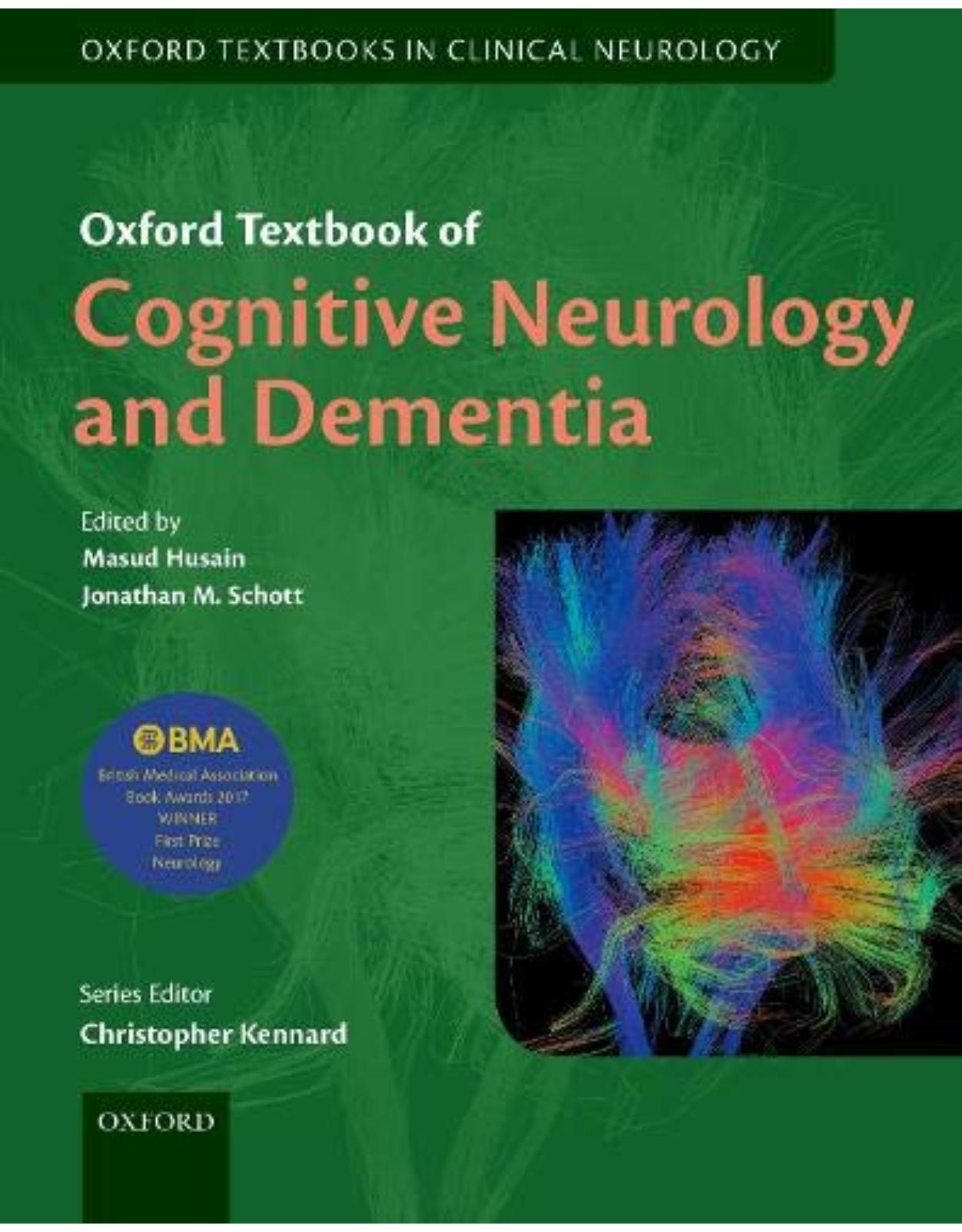
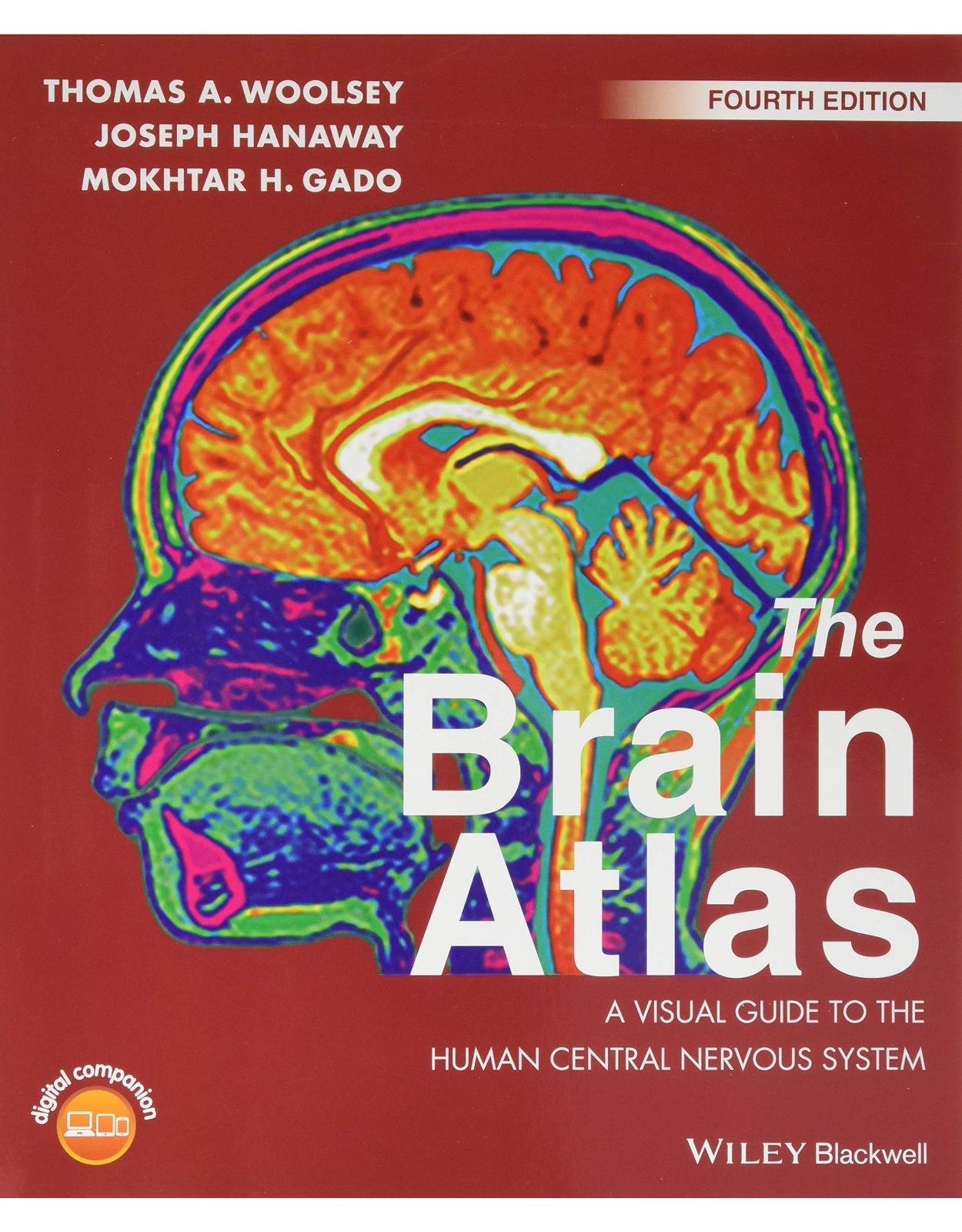
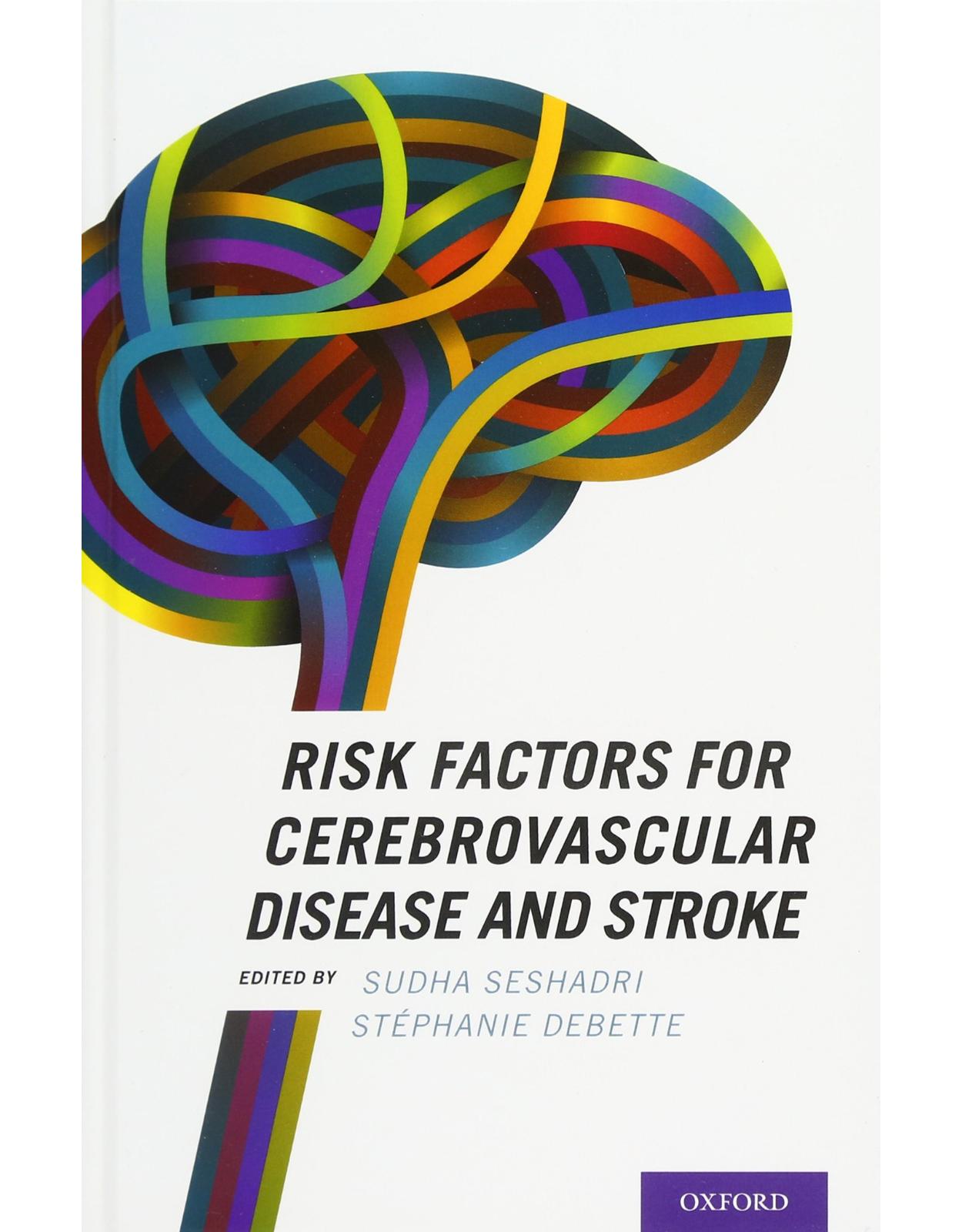
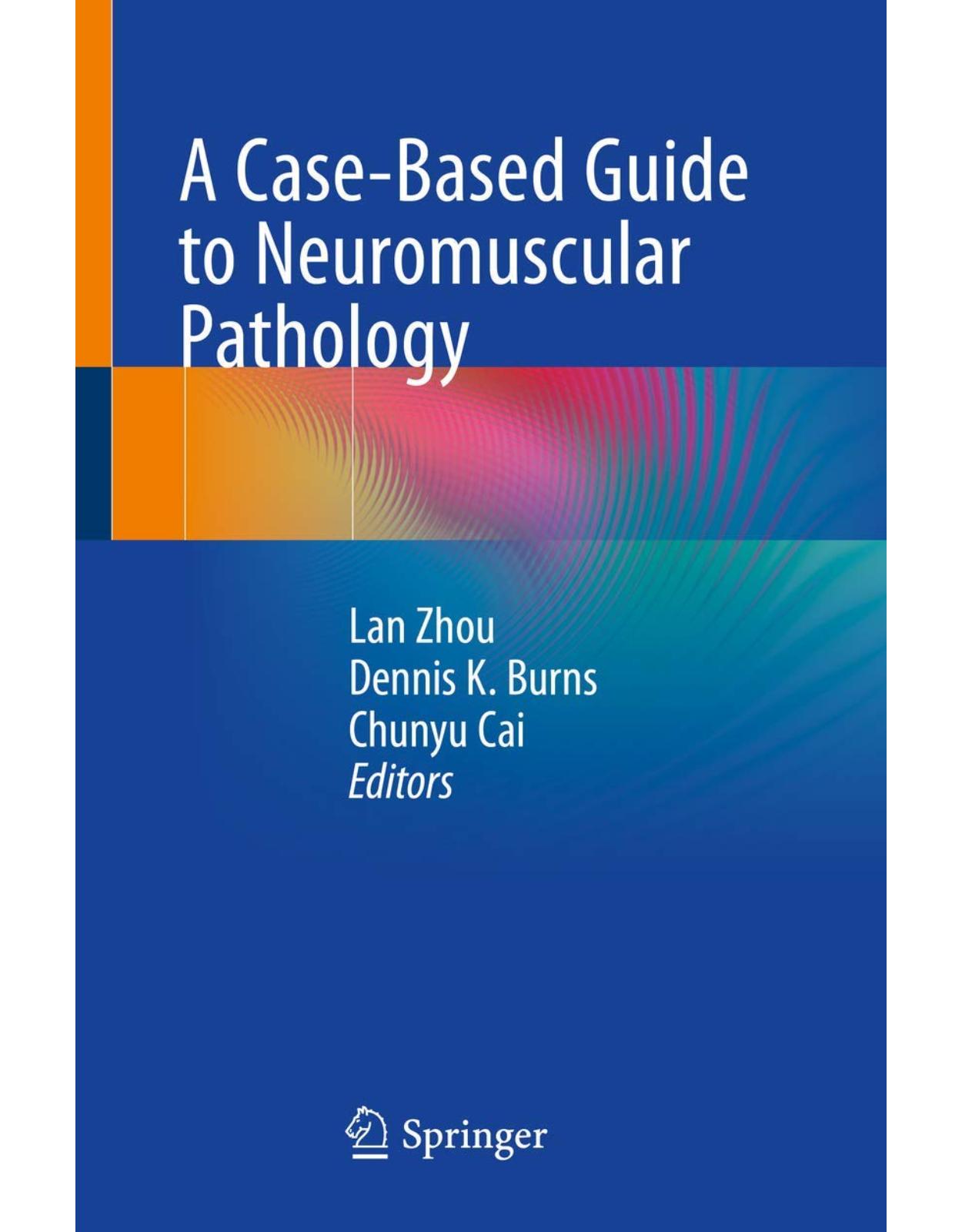

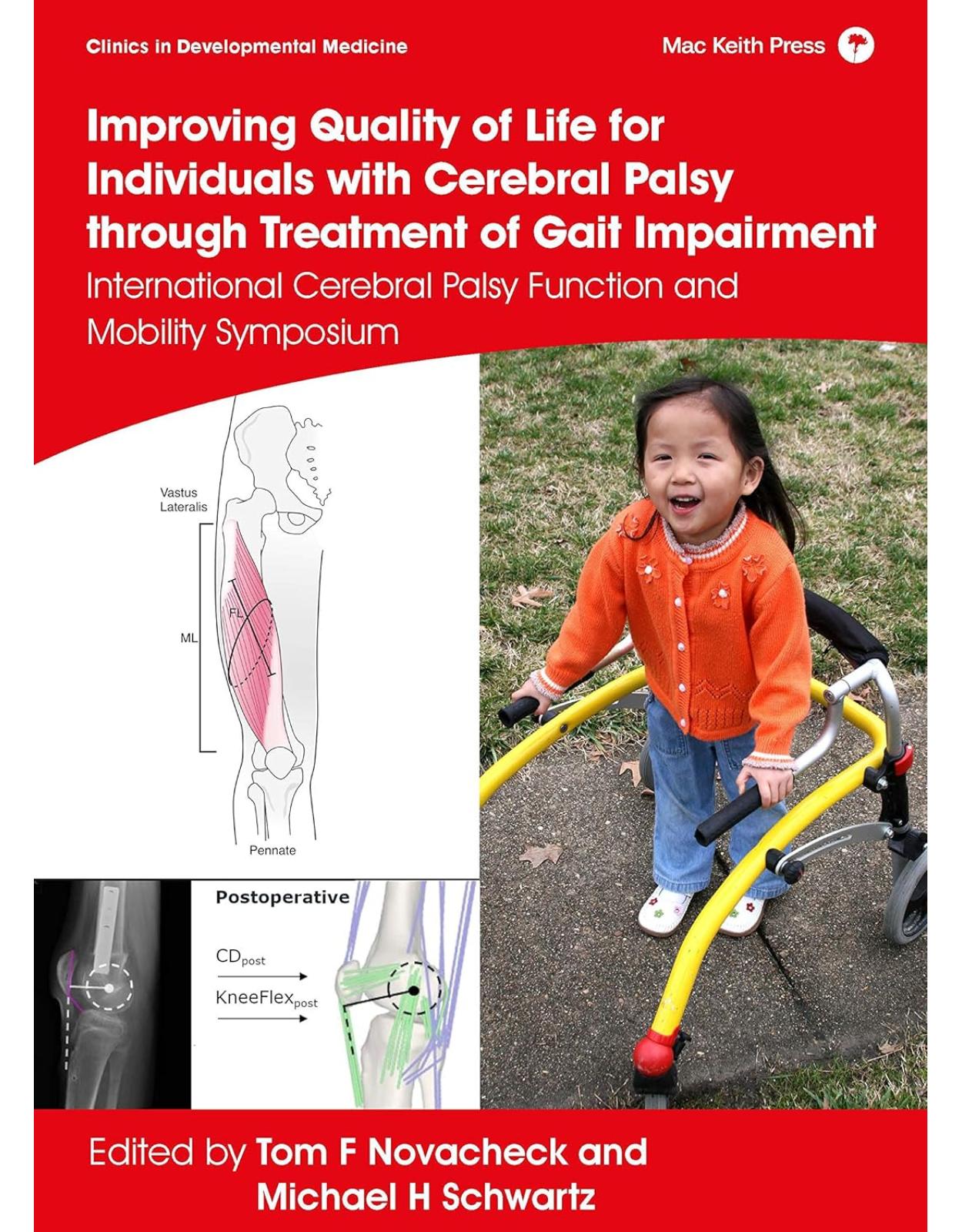
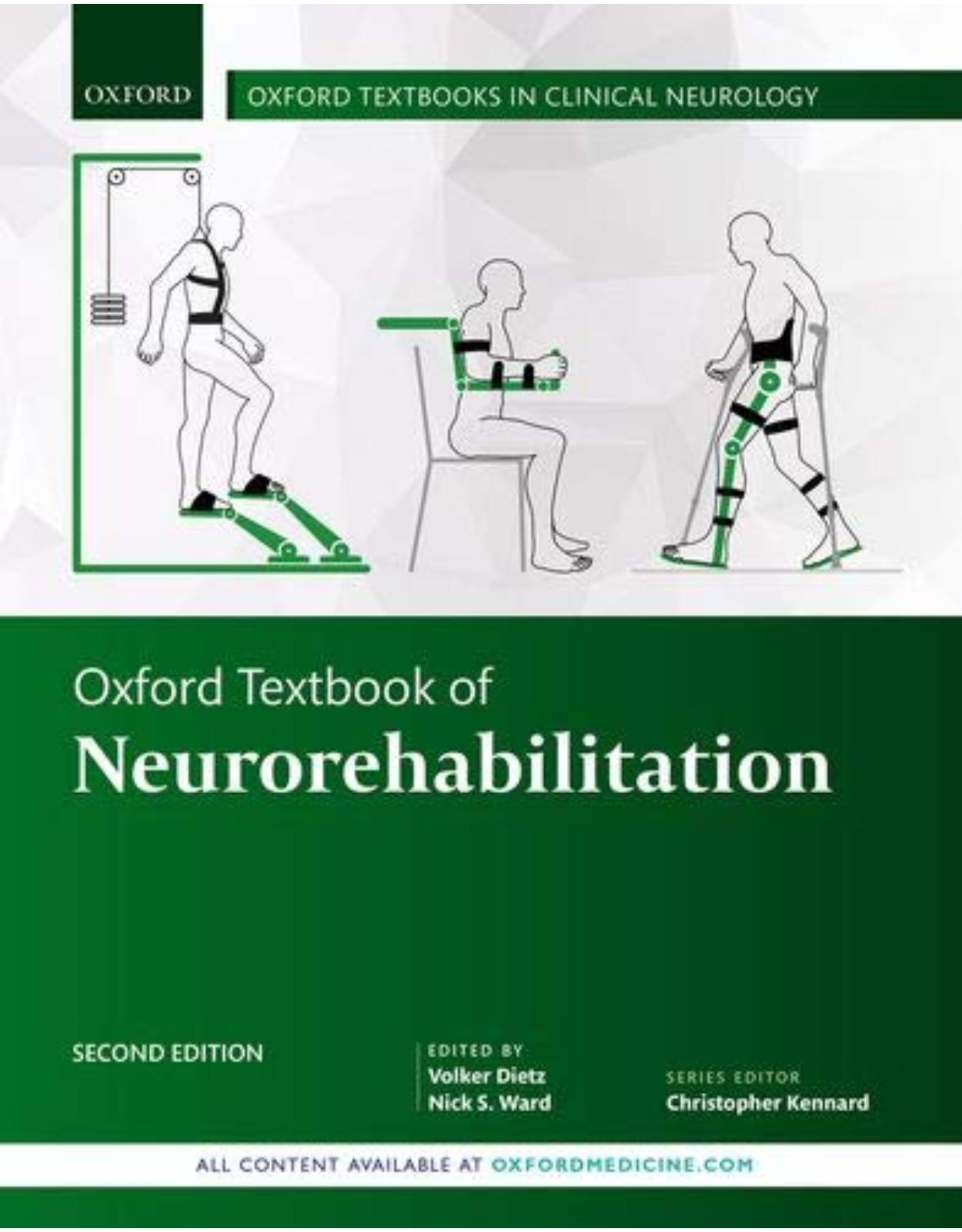
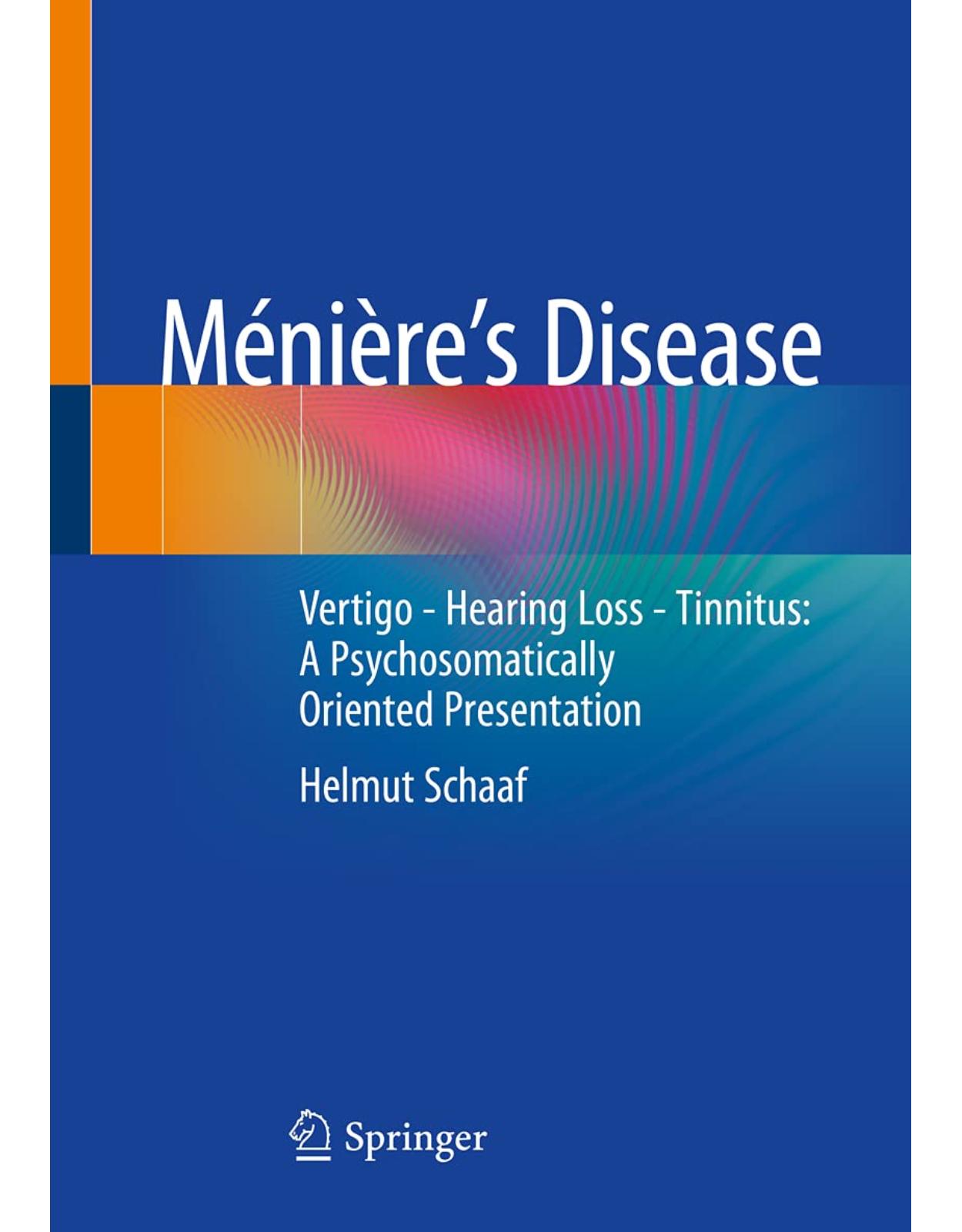
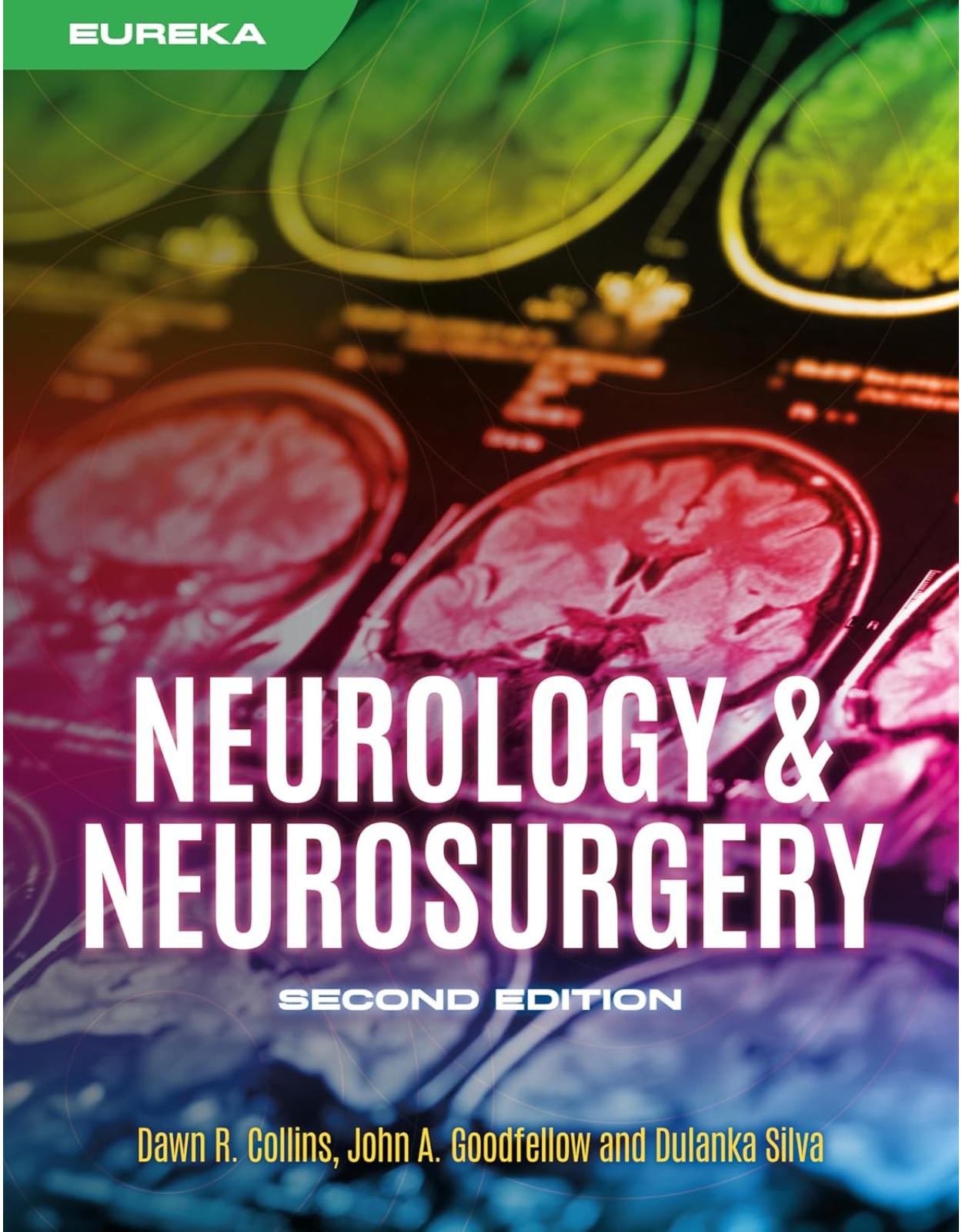
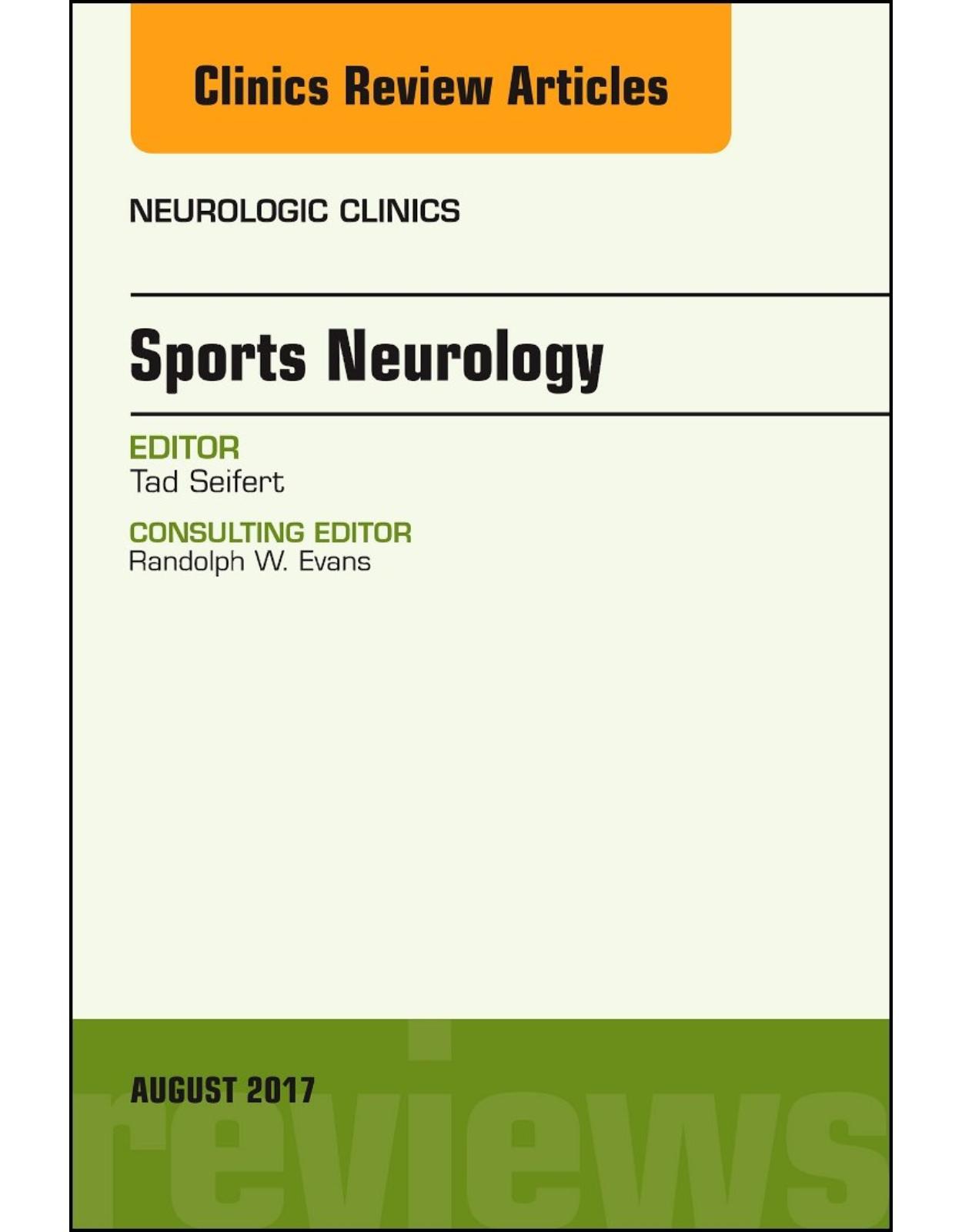




Clientii ebookshop.ro nu au adaugat inca opinii pentru acest produs. Fii primul care adauga o parere, folosind formularul de mai jos.